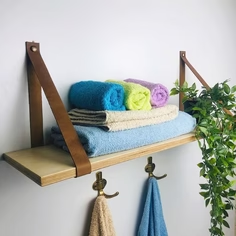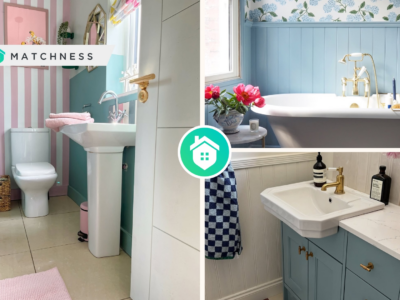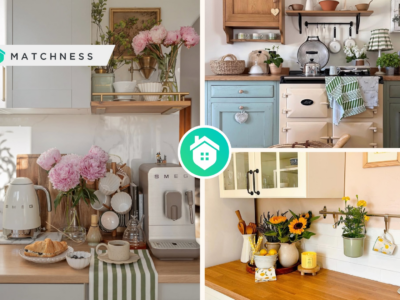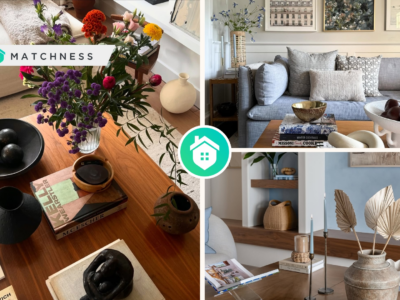Designing a smart home is a dream come true for many. After all, for the first time in history, you can design an almost fully automated dwelling, that’ll take care of the most mundane of things and only require your vocal commands for the most vital and consequential tasks. Imagine waking up in a home that automatically brightens the room, opening the blinds on its own while you start to wake up. The moment you get up, your smart assistant, the likes of Amazon Echo, greets you and gives you the most important information about the state of the world.
Understandably, for some, such a lifestyle might be hell on Earth itself, no matter whether they live in a beautifully designed house next to a lake or one of the properties that can be found at The Pattisall Group. Constant updates and the need for orders, coupled with the feeling that you’re no longer required to operate the house, might make you feel tired and useless. Fortunately, there are some ways in which you can preserve a healthy balance in interior design between making your home smart and keeping your well-being in good condition, including striking a balance between artificial and natural light, automating only the most vital tasks, choosing smart products carefully and keeping the design simple. Read on and discover that a smartly designed smart home can go in pair with good mental well-being.
Remember To Maintain a Balance Between the Natural Light and the Artificial One
It’s practically common knowledge at this point, but we’ll repeat again: studies show that natural sunlight is crucial for good mental health. In the case of smart homes, this means that you should be prepared to leave your automated home from time to time and go outside. Because of that, you need to find reasonable solutions to let some natural light in.
For example, you can opt for a “smart curtain” that will open and close on its own while still preserving some privacy. If you have a large home, you can even install a skylight or a few windows in strategic locations that will bring the natural light inside.
Automate Only the Vital Tasks
Automating your home, as we’ve already seen, has many advantages. However, if you feel like you’re losing control over your life and becoming a slave to your home, you should consider automating only the vital tasks and allowing yourself the rest.
For example, you could automate your thermostat to adjust its temperature depending on the time of day and on whether you’re at home or not. You could also automate your curtains and blinds and set them to open and close depending on the time of day and whether it’s dark outside or not. You can also use automation to open your garage door as soon as you arrive home, turn off the lights when everyone gets up in the morning, turn on the lights if someone gets home, or even instruct your house to lock itself when you go out.
This is especially useful if you have children or pets, as it’ll make sure they’re safe at all times. As the saying goes, “an ounce of prevention is worth a pound of cure”.
Choose Smart Devices Carefully
Part of keeping things simple in your smart home is choosing the right devices, especially when it comes to smart speakers. While Amazon Echo and Google Home are great in their own ways, they’re not perfect for every single user. They’re voice-driven assistants that can perform several kinds of tasks with ease, but some users might be worried that they are also capable of recording conversations without their permission. On the other hand, there are other smart home devices out there that are better suited for particular tasks.
For example, if you like to listen to music while doing household chores or working on your computer, you can opt for a Bluetooth speaker that will let you control it using voice commands or gestures instead.
Keep The Design Simple
You should try to keep the design of your smart home simple. The more complicated it is, the more problematic it will be to use it when you come back home after a long day’s work.
If your smart home is overly complicated, you might end up not using it at all. You can simplify your smart home’s design by simply choosing smart products that are easy to operate. For instance, you can have a thermostat that you can easily program through your smartphone without requiring you to learn new commands and spend some time on figuring out how it works.
Conclusion
Designing a smart home is great fun, but it’s also important to keep in mind your own well-being. If you feel tired or stressed after entering your automated domicile, you should consider taking a step back and thinking about what could be done to keep things in balance. Use this article as a starting point in your adventure with smart homes, and in the end, you might be surprised by just how much difference a smart home can make in your life!




















